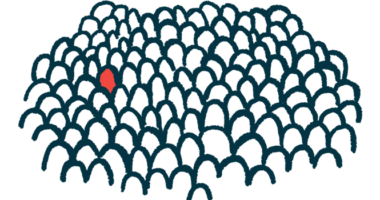4-year-old Child Successfully Treated for Rare Cushing’s Syndrome

Only about 10% of Cushing’s syndrome patients are children. Now, a rare case of the disease has been described in a 4-year-old child.
The researchers reported that Cushing’s in this young boy was controlled following surgery to remove a single, large tumor.
The report, “Cushing’s Syndrome in a Child,” was published in the Journal of Pediatric Surgery Case Reports.
Cushing’s syndrome is caused by abnormally high levels of the stress hormone cortisol. When those high cortisol levels are caused by a tumor in the pituitary gland, the disorder is known as Cushing’s disease.
Any form of the disease is rare in children; only about one in 10 cases of Cushing’s occur in pediatric patients.
In the new report, the researchers describe the case of a young boy in India who was found to have Cushing’s syndrome.
The child was brought in for a medical examination after experiencing weight gain for five months. He also experienced increased urination and the appearance of coarse body hair for four months.
The clinicians found that the child had many clinical features indicative of Cushing’s syndrome, including a moon face, a buffalo hump, increased fat around the abdomen, and abnormal body hair. The child also had elevated blood pressure and hypokalemia, or abnormally low potassium levels.
The boy was started on treatment with the blood pressure medication amlodipine (brand name Norvasc), and was given potassium supplements.
Laboratory tests revealed abnormally high cortisol levels. For instance, morning cortisol levels in the child’s blood were 27.3 micrograms/deciliter (μg/dl), whereas the normal range is 6-23 μg/dl.
Additional assessments revealed a tumor in the child’s right adrenal gland. This is one of two endocrine glands, located above the kidneys, that produce a variety of hormones.
Adrenal tumors are a common cause of Cushing’s syndrome, as these glands are responsible for secreting cortisol.
The child underwent surgery, and a tumor weighing 230 grams (over half a pound) was removed.
Following the operation, the child was given additional potassium supplements for hypokalemia, or low blood potassium levels, as well as glucose supplements to manage abnormally low blood sugar. Two days after the surgery, the child developed a cough, which was treated symptomatically with the asthma medication salbutamol (also called albuterol) and with physical therapy.
The child was discharged from the hospital 10 days after surgery. Initial treatment was given with the steroid prednisolone, which was tapered off two months after surgery.
In the months following his discharge, the child lost weight, his cortisol levels fell to within the normal range, and features like the buffalo hump and moon face disappeared.
“After surgical excision [removal] of the tumor and the right adrenal gland, the patient made rapid improvement in clinical condition and has been on follow up for [the] last 7 months,” the researchers wrote.






